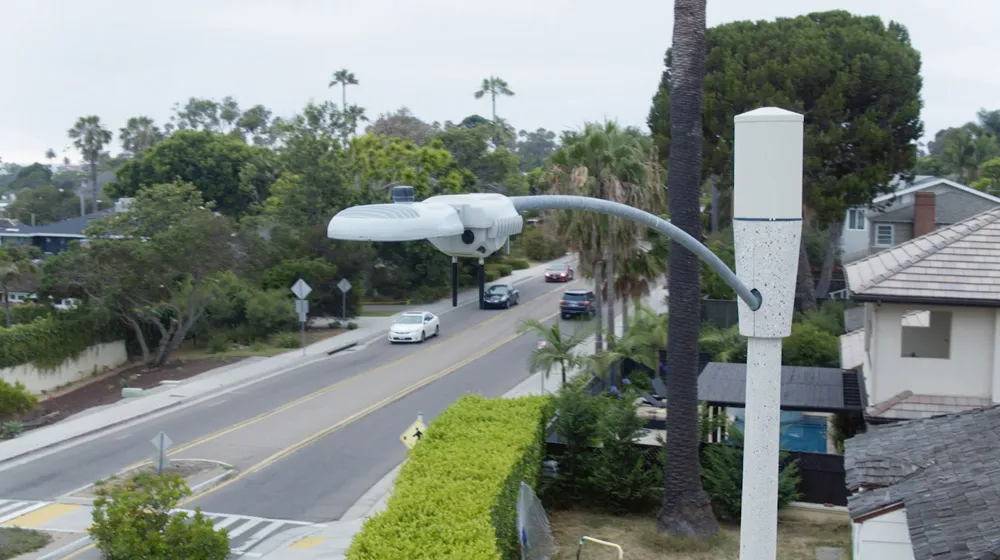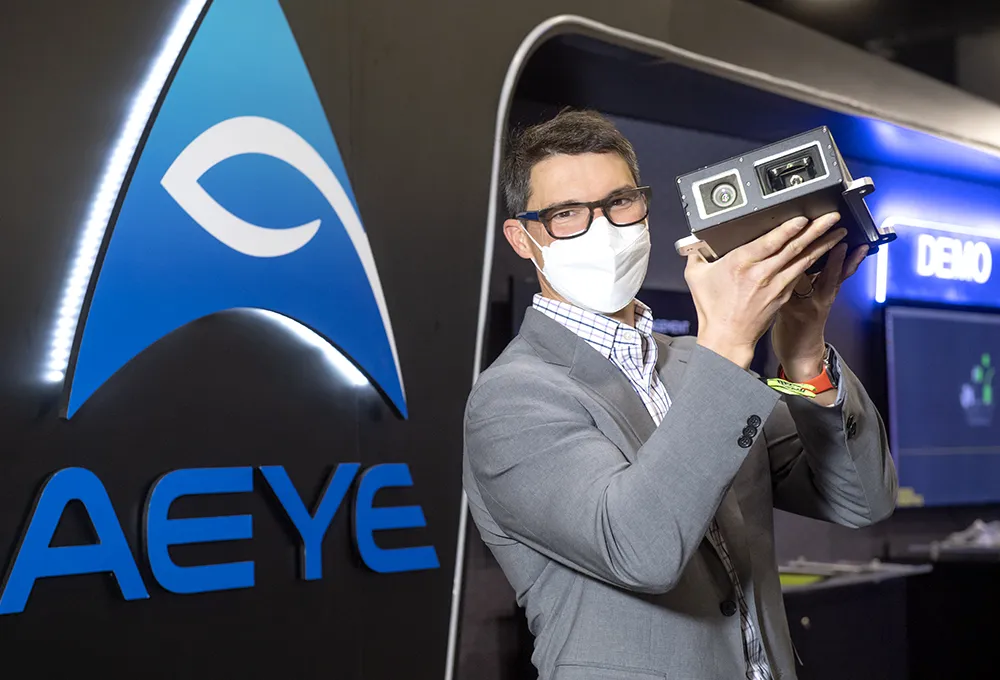New research by Frost and Sullivan finds that constant technological innovations in automotive safety warrant frequent updates to legislation.
With the number of fatalities and injuries on the rise, legislative authorities in Europe are taking a keen interest in the safety of pedestrians, passengers and drivers. This enhanced focus on safety has far-reaching ramifications for the automotive industry.
September 11, 2013
Read time: 3 mins
New research by Frost & Sullivan finds that constant technological innovations in automotive safety warrant frequent updates to legislation.
With the number of fatalities and injuries on the rise, legislative authorities in Europe are taking a keen interest in the safety of pedestrians, passengers and drivers. This enhanced focus on safety has far-reaching ramifications for the automotive industry.
The automotive industry marketed most active safety technologies, especially adaptive cruise control (ACC), autonomous emergency braking system (AEBS), and forward collision warning (FCW), as optional features due to consumers’ limited awareness of their importance. However, with the1690 European Commission mandating the fitment of electronic stability control (ESC) and considering AEBS for city driving, vehicular safety fitments are becoming the norm.
There are likely to be more regulatory changes based on the functionalities of advanced driving assistance system (ADAS) applications such as lane departure warning (LDW), AEBS, pedestrian detection, and intelligent speed adaptation (ISA) systems. These functionalities are especially relevant because they have been considered under 'other significant projects' by the Euro New Car Assessment Program (6437 Euro NCAP).
Even though car makers are including novel safety systems in their vehicles, they are not finding many takers for it in the price-sensitive non-luxury vehicle segments. For a low-cost vehicle, at any given price band, the add-on cost of ADAS functionalities will constitute a high percentage of the vehicle sticker price, while the same for a luxury car would constitute a smaller percentage, even if the ADAS is a sophisticated add-on such as Night Vision System or ACC with Stop and Go.
“Certain consumers tend to prefer lifestyle features to ADAS functionalities. To ensure the safety of customers despite their preferences, OEMs can take the onus of making 'lifestyle' vehicles safe,” said Frost & Sullivan automotive and transportation research Analyst Nivedita Manoharan. “An obvious solution would be to make available cost-effective retrofit ADAS systems, software or applications and mandate their fitting on vehicles in operation.”
Even in favourable economic conditions, ADAS’ uptake had not been encouraging in the developed markets. Though consumer awareness of value-added features, such as blind spot detection (BSD) and night vision systems is rising, they are not impressed by ADAS’ value proposition at the point of sale.
Further, the decline in new vehicle sales has lengthened the replacement rates of vehicles, pushing the timeline for reaching zero fatalities. Even with the increasing deployment of ADAS retrofit solutions, better consumer acceptance, and legal assistance, the soonest this goal can be reached is 2030.
Legislative and regulatory changes are likely to disrupt industry dynamics, and increase competitiveness. For instance, if vehicle-to-vehicle and vehicle-to-infrastructure communication becomes the mainstay of inter-vehicular communication, it can be used to cater to various ADAS functionalities. However, these technologies also pose cyber-security issues and privacy issues; and the laws for tackling it are still loosely interpreted, and in some cases, misinterpreted.
“Unless amendments are made to the existing framework for cyber laws, the growth of such technologies may be shunted,” noted Manoharan. “Safety has become a long-standing inflection in the automotive industry with binding impact on legislation; after all, zero fatality or complete safety is the new green.”
With the number of fatalities and injuries on the rise, legislative authorities in Europe are taking a keen interest in the safety of pedestrians, passengers and drivers. This enhanced focus on safety has far-reaching ramifications for the automotive industry.
The automotive industry marketed most active safety technologies, especially adaptive cruise control (ACC), autonomous emergency braking system (AEBS), and forward collision warning (FCW), as optional features due to consumers’ limited awareness of their importance. However, with the
There are likely to be more regulatory changes based on the functionalities of advanced driving assistance system (ADAS) applications such as lane departure warning (LDW), AEBS, pedestrian detection, and intelligent speed adaptation (ISA) systems. These functionalities are especially relevant because they have been considered under 'other significant projects' by the Euro New Car Assessment Program (
Even though car makers are including novel safety systems in their vehicles, they are not finding many takers for it in the price-sensitive non-luxury vehicle segments. For a low-cost vehicle, at any given price band, the add-on cost of ADAS functionalities will constitute a high percentage of the vehicle sticker price, while the same for a luxury car would constitute a smaller percentage, even if the ADAS is a sophisticated add-on such as Night Vision System or ACC with Stop and Go.
“Certain consumers tend to prefer lifestyle features to ADAS functionalities. To ensure the safety of customers despite their preferences, OEMs can take the onus of making 'lifestyle' vehicles safe,” said Frost & Sullivan automotive and transportation research Analyst Nivedita Manoharan. “An obvious solution would be to make available cost-effective retrofit ADAS systems, software or applications and mandate their fitting on vehicles in operation.”
Even in favourable economic conditions, ADAS’ uptake had not been encouraging in the developed markets. Though consumer awareness of value-added features, such as blind spot detection (BSD) and night vision systems is rising, they are not impressed by ADAS’ value proposition at the point of sale.
Further, the decline in new vehicle sales has lengthened the replacement rates of vehicles, pushing the timeline for reaching zero fatalities. Even with the increasing deployment of ADAS retrofit solutions, better consumer acceptance, and legal assistance, the soonest this goal can be reached is 2030.
Legislative and regulatory changes are likely to disrupt industry dynamics, and increase competitiveness. For instance, if vehicle-to-vehicle and vehicle-to-infrastructure communication becomes the mainstay of inter-vehicular communication, it can be used to cater to various ADAS functionalities. However, these technologies also pose cyber-security issues and privacy issues; and the laws for tackling it are still loosely interpreted, and in some cases, misinterpreted.
“Unless amendments are made to the existing framework for cyber laws, the growth of such technologies may be shunted,” noted Manoharan. “Safety has become a long-standing inflection in the automotive industry with binding impact on legislation; after all, zero fatality or complete safety is the new green.”









